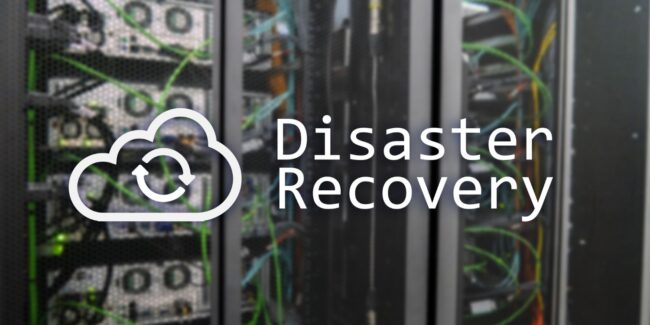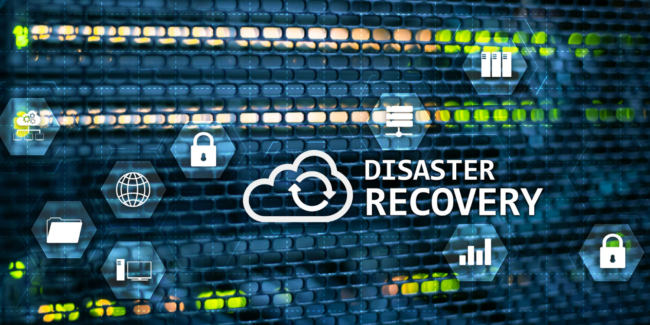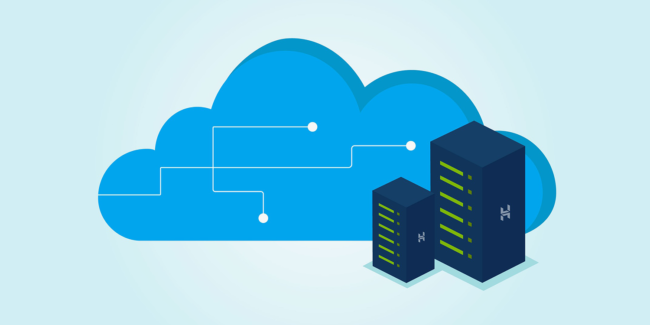5 Best Practices for Effective Business Continuity Strategy
In today’s unpredictable business environment, organizations must prepare to handle disruptions that could impact their operations. Unforeseen events can include natural disasters, cyberattacks, or system failures. If organizations don’t prepare against them, it can lead to financial losses, reputational damage, and operational downtime. Therefore, developing an effective business continuity strategy is key to ensuring businesses…










